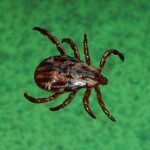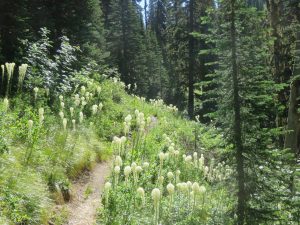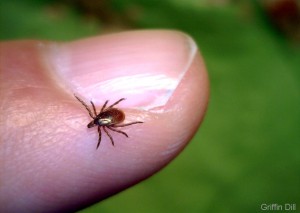Ticks are out and ready to greet early season hikers. We’ve linked to a good article by Chris Peterson of the Hungry Horse News but, first, the usual advice: Wear long sleeves, long pants and a hat — especially the hat. Also, light colored clothing makes it easier to spot ticks. Use insect repellent or, better yet, wear a set of clothes that you’ve pre-treated with permethrin.
[Please note: In the Flathead Forest’s Glacier View Ranger District, the south end of Demers Ridge Trail #266 starting at the Camas Road trailhead, is a very popular and accessible early season trail. It is also heavily infested with ticks.]
Here’s Chris’s article on the subject . . .
A lot of folks are out recreating in the woods during the novel coronavirus outbreak — even with Glacier National Park closed, there are still millions of acres to hike, fish, float, hunt and recreate on while keeping a safe distance.
But as the temperatures warm up there’s another concern out there and it’s far more dangerous than any bear encounter.
It’s wood ticks.
We went on a hike in the Whitefish Range last night and the ticks were out in full force. After the hike, my son and I had about a half-dozen ticks on our clothing and skin, and that was after just a short trip.


